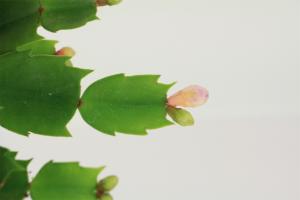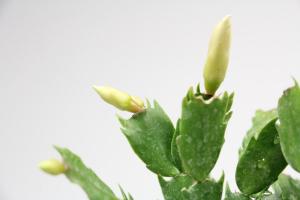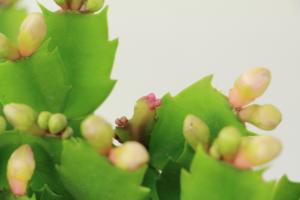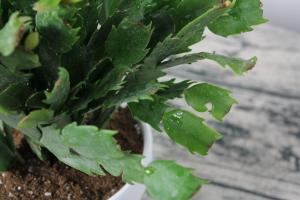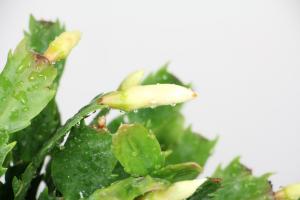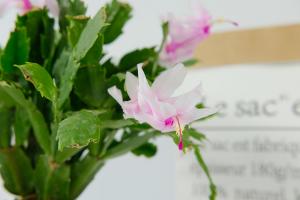1、 Watering
The root system of self rooted crab claw orchid is weak and underdeveloped. Do not water too much, otherwise it is easy to accumulate water and rot its roots, but we can't let the basin soil be too dry, otherwise the leaves of crab claw orchid will wilt and fall
At ordinary times, you can observe the whiteness of the soil surface, touch the soil surface and dry it, weigh the weight of the basin soil with your hand, and when you feel it is obviously lighter, slowly pour the soil through with a shower, or soak the basin for 15 minutes. After watering, make sure there is no water in the tray
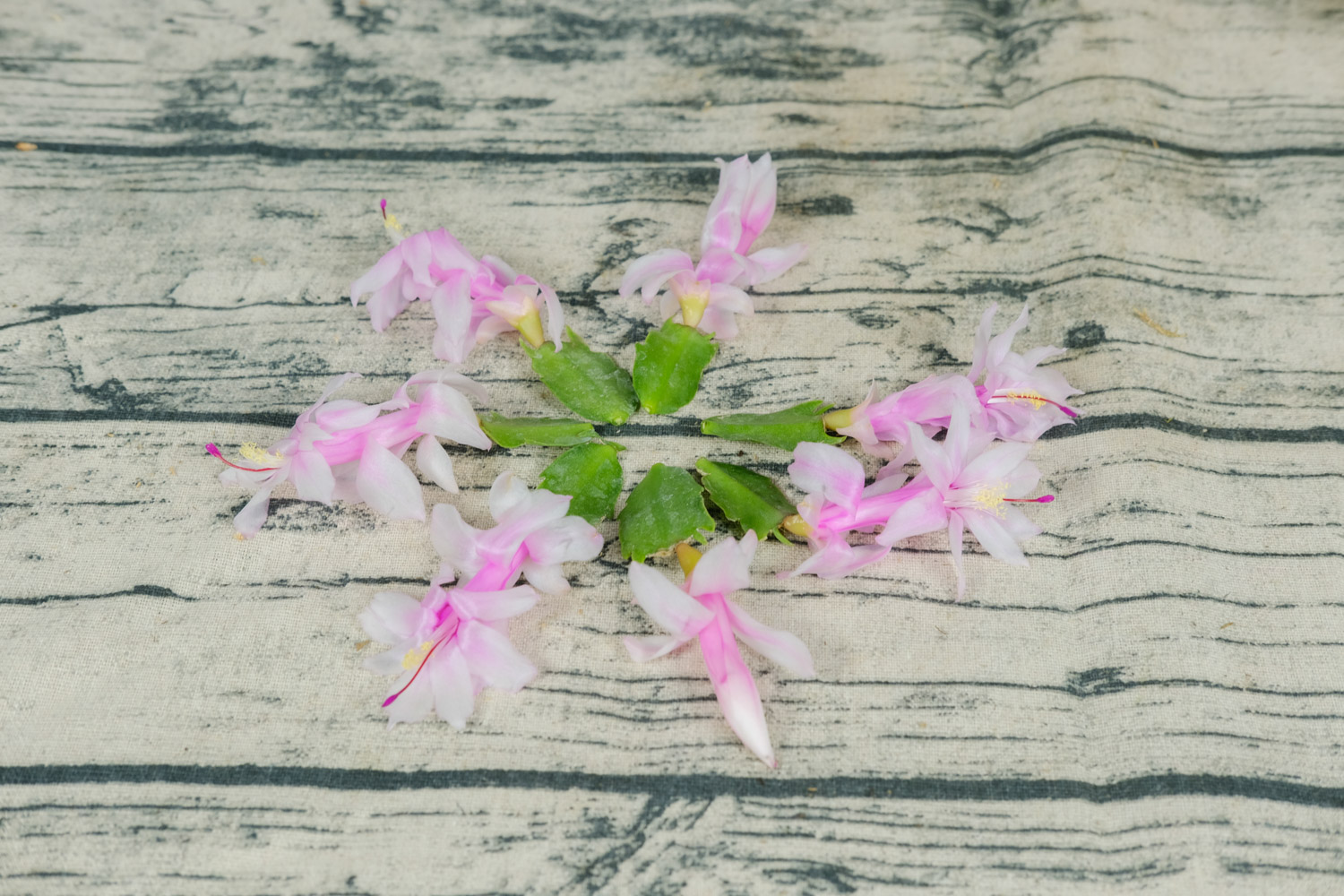
2、 Illumination
Crab claw orchid is a plant with short sunshine. It is exposed to the sun for 8 hours every day, which is conducive to plant flowering. In other words, it can be exposed to the sun in other seasons except the hot sun in summer and the western sun in autumn
3、 Temperature
For domestic crab claw orchid, the temperature is high in summer, so it should be properly shaded and cooled. The temperature in autumn and winter can be kept in the open air when it is stable above 15 ℃. If it is lower than 10 ℃, it should be moved indoors as soon as possible. The leaves of crab claw orchid will turn red and even frostbite when the temperature is low

4、 Fertilization
In the spring and autumn growing season, the crab claw orchid can be watered with liquid fertilizer with balanced nitrogen, phosphorus and potassium every half a month to promote plant growth. Phosphorus and potassium fertilizer can be used before flowering to promote plant flowering. After flowering, fertilization can be stopped to prevent the crab claw orchid from falling buds and flowers
5、 Pruning
After each flower failure, the residual flowers, stems and leaves at the top of the crab claw will be pulled off, a nutrient balanced fertilizer and water will be applied, and then phosphorus and potassium fertilizer will be used. The crab claw will soon be able to bloom another crop of flowers
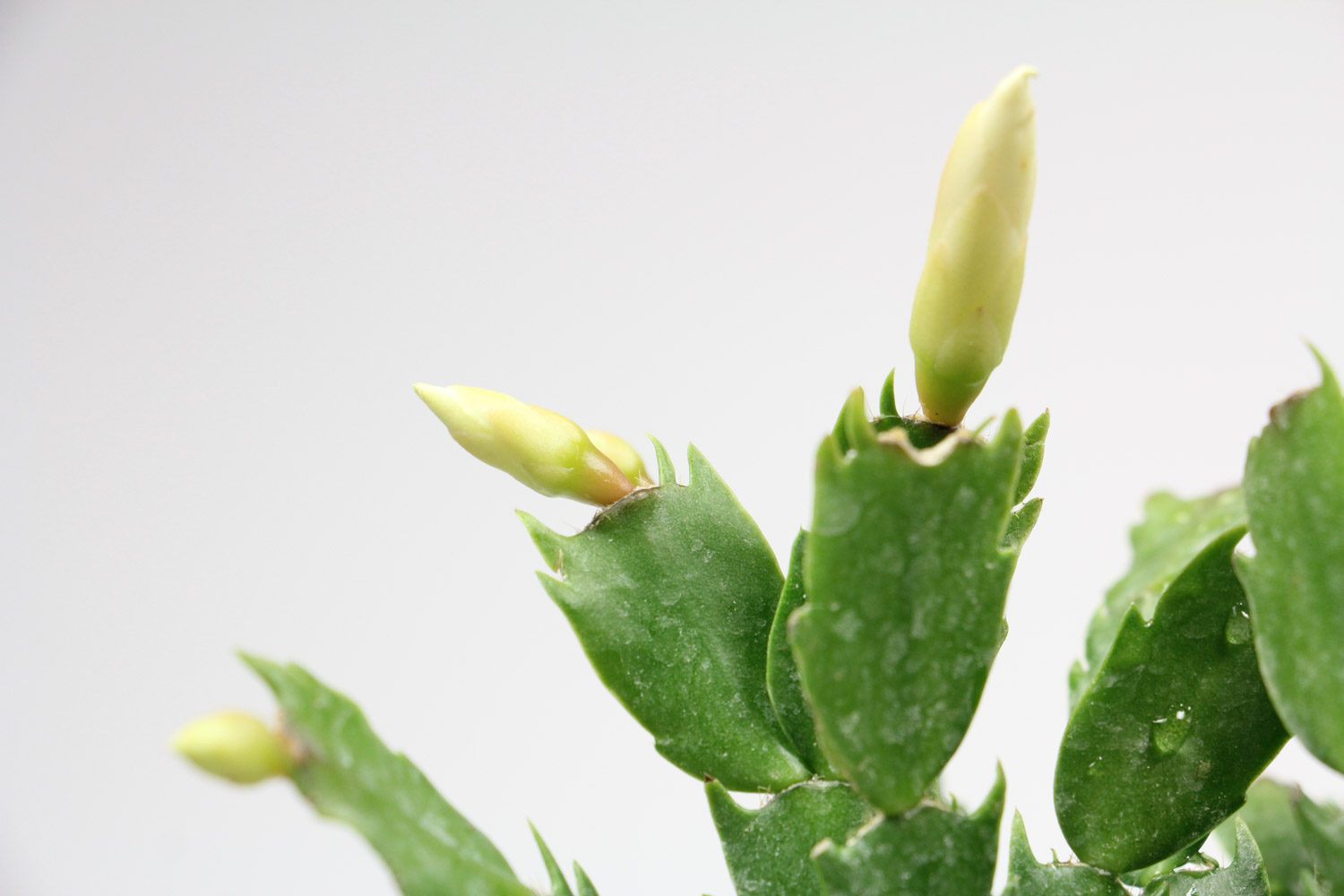

 how many times do yo...
how many times do yo... how many planted tre...
how many planted tre... how many pine trees ...
how many pine trees ... how many pecan trees...
how many pecan trees... how many plants comp...
how many plants comp... how many plants can ...
how many plants can ... how many plants and ...
how many plants and ... how many pepper plan...
how many pepper plan...
